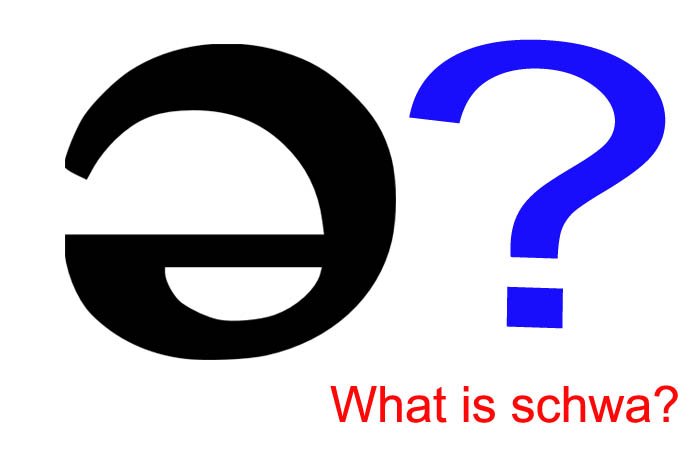Language changes as people and ideas change, serving as a reflection of the identities, philosophies, and standards of an era. An intriguing development for linguists has been the promotion in many languages around the world of using more inclusive language and, by extension, gender-neutral terms in response to attempts to make society accessible to all. So how does the English language approach this?
What is Inclusive Language?
In general, language inclusivity refers to addressing terms that may exclude certain people from society via language, thereby potentially impacting how people think about a certain profession or even certain people.
Take the English words craftsman and policeman for example. While the “man” at the end technically comes from an Old English word that just meant a person, be they male or female, the associations with the word have become increasingly linked with the male gender over the centuries.
As more women entered the workforce over the 19th and 20th centuries, words like “craftsman” and “policeman” became more discriminatory in their potential, sidelining women, with alternatives like “craftswoman” and “policewoman” being used. However, these terms are still loaded with gender associations and, as such, new terms are often preferred, often through synonyms, in these cases “artisan” and “police officer”.
This expands to not using terms that can be deemed offensive to people of different nationalities or cultures, such as “beyond the pale” or “gypped”, or people with conditions like “being OCD” about something or being “tone-deaf”. In essence, it is about using language as a mirror of society, hoping to make language and, therefore, society fairer.
Is Inclusive Language Natural?
Making changes to language, even in an endeavor to be more inclusive does have its critics, arguing that such changes are unnatural. However, this control over language itself is arguably more unnatural as language is constantly changing as standards change.
For example, words like “idiot”, “imbecile”, and “moron” were routinely used to refer to people with below-average IQs, with these words now being completely unacceptable in a medical context and used as insults in English. It is an apparently natural function of language for it to change depending on the standards of the age, a phenomenon that can be applied to slang just as much as it can to standards for socially acceptable speech and use.
What About Pronouns?
English uses a variety of pronouns to refer to different concepts and, as the concepts to which they refer change, so can the pronouns, leading to a renewed focus on a range of gender-neutral pronouns.
However, gender-neutral pronouns are nothing new in English and while “they” can be used for the gender-neutral plural, “they” can also be used for the gender-neutral singular for people and has been used by renowned English writers ranging from Chaucer and Shakespeare to Dickens when referring to people where the gender is not revealed. A more recent development is some people opting to use the pronouns they, their, theirs and themself to refer to themselves without using gendered pronouns.
It is often repeated that it is grammatically incorrect to use “they” to refer to a singular person, rooted in a tendency in the Victorian era to use the “he” as a default pronoun when gender was not clear. However, this led to a generalization of the default gender being male in language, sidelining women. The singular they very much has precedent in the English language as a gender-neutral pronoun with records of the pronoun dating back to the 14th century.
Similarly, the once common singular and less formal thou/thee/thy/thine/thyself is no longer in common English usage, with the once plural and formal “you” largely replacing it in the 17th century. There is also much precedence of different pronouns in dialects of English. For example, ye is used in Hiberno English for plural you while y’all is used in some parts of the United States.
There are indeed also other popular gender-neutral pronouns including xe/xem/xir/xirs/xirself and ze/zer/zer/zers/zerself, although they/them/their/theirs/themself are most common.
What About Honorifics?
Honorific titles in English are traditionally related to gender, with Master and Mr. for young and adult men and Miss and Mrs. for unmarried and married women respectively. However, as society changed, so too have honorifics, with Ms. now being an option for women who do not wish to specify their marital status and Mx. being an option for those who do not wish to be referred to by a specific male or female term. There are other gender-neutral honorifics, such as Misc., Msr., Myr., Pr., and Sai.
In short, gender-neutral and inclusive language raise interesting questions as to how certain ideas are ingrained in the languages we speak; how gender is tackled in English is very different to how it is addressed in the Japanese language, for example. It is an important development for those involved in language to be aware of, be they writers, editors, or translators. As language mirrors society, perhaps the opposite is true and a more inclusive approach to language could result in a more inclusive approach to society.


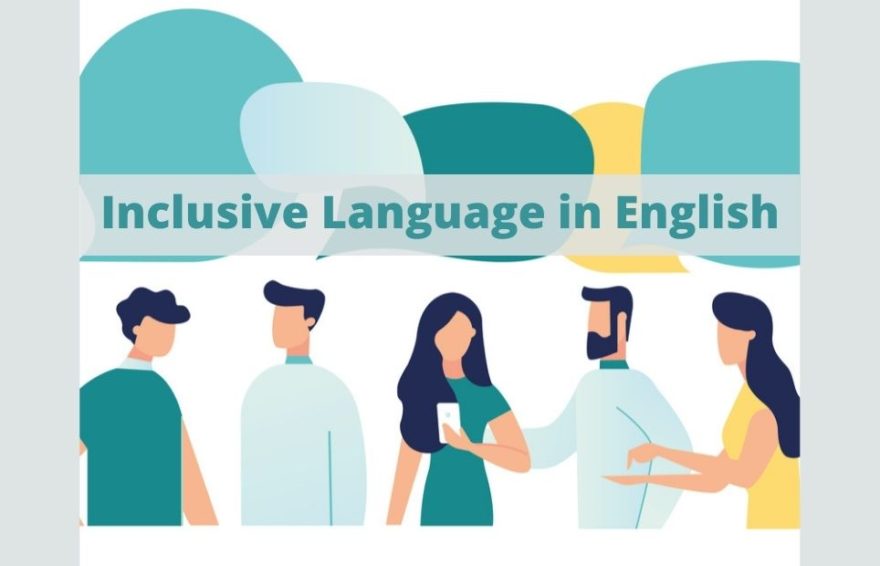


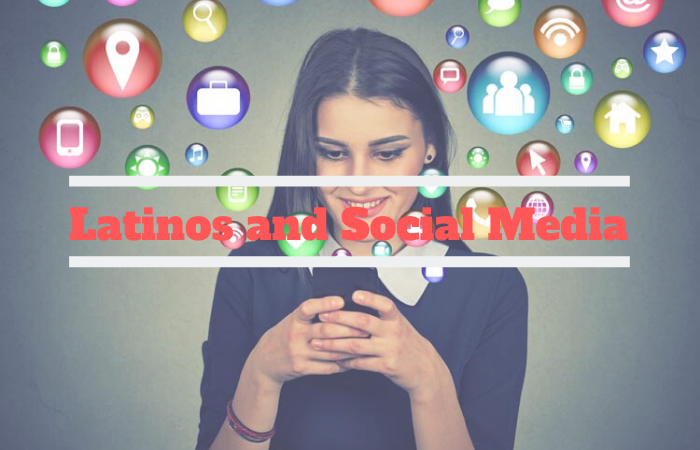

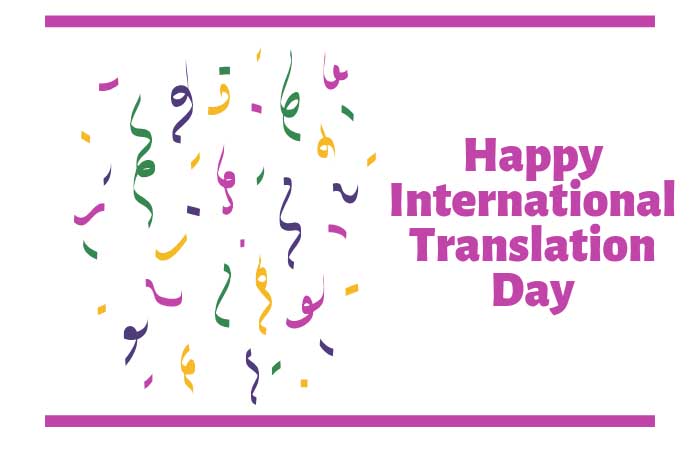


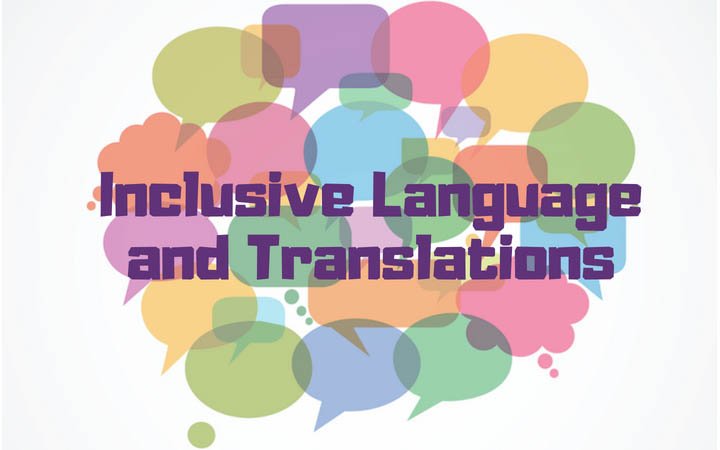
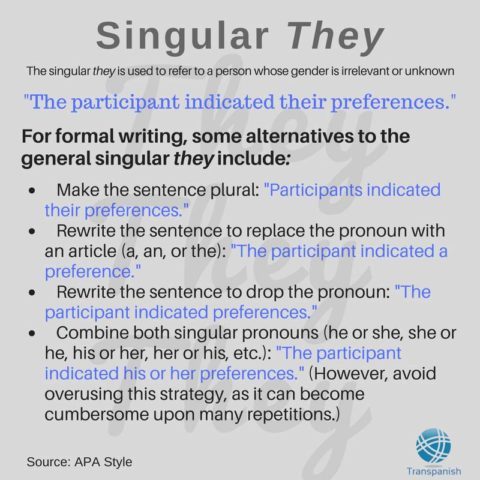 English Makes It Easy
English Makes It Easy